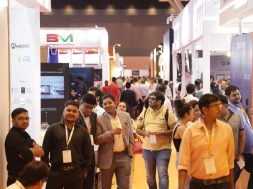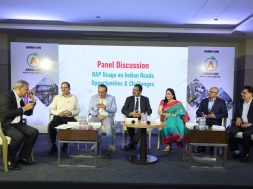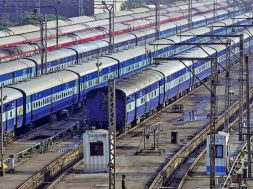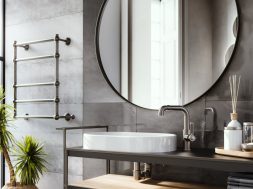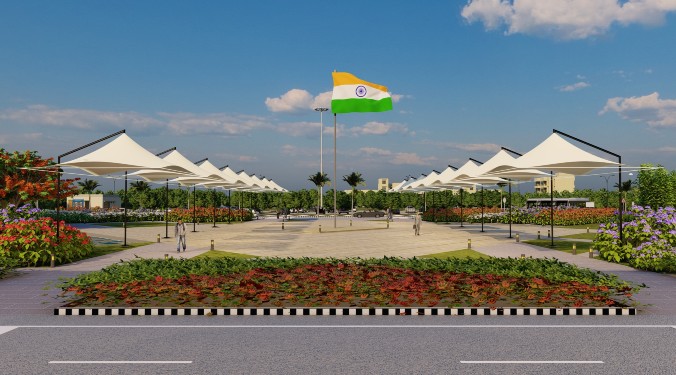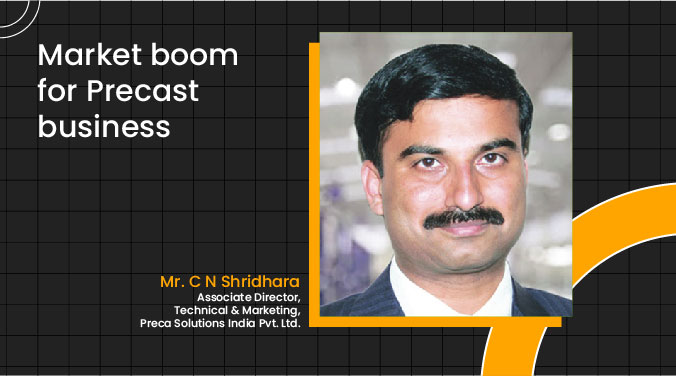“It is always better to focus on energy efficiency at design stage to make it more economical,” says M. Selvarasu, Managing Director, LEAD Consultancy and Engineering Services (I) Pvt. Ltd.
As a national expert on green buildings, M. Selvarasu has conducted more than 200 detailed energy audits for industries and buildings, bringing LEED rating to India. In an interview with ACE Update, he shares his work on energy efficiency and his role in bringing several changes in the LEED rating.
Energy-efficient criteriaMore scientific way of judging the building energy performance is based on the level of rating, predicted level of energy performance during the design stage over ASHRAE 90.1 or ECBC and at later part of operation, measuring total energy consumption of the building in kwh/occupant/year or kwh/sq.ft./year. These are certain measures should help understand the building energy performances. The above measurement is valid by keeping required indoor thermal comfort condition as per ASHARE 55. Energy saving achieved through compromising indoor thermal comfort is not counted as we are saving energy at the cost of occupants’ discomfort.
Reducing building’s energy consumptionIt is always better to focus on energy efficiency at design stage to make it more economical. Certain steps to be followed are:
• Perform energy modelling, sun path analysis, shading analysis, daylight analysis to select building materials and MEP equipment based on the life cycles costing or total owning cost• Place building in north-south orientation to minimise heat gain• More glazing on the north façade to cool the day light • Keep window to wall ratio in the range of 20-30 per cent• Shading to minimise heat ingress and also minuses glare to occupants• Light shelves and light pipes to bring day lighting to interior spaces• Design interior such that maximum day lighting harvested by restricting indoor opaque surfaces to maximum 3 feet and 6 inches • Service core on east and west side of the building to minimise heat ingress and these spaces can act as buffer zones to AC spaces • Efficient wall and roof with insulation based on life-cycle costing• Treat roof with high-reflective materials to reflect infra red rays • High-performance glazing for the façade• High-efficiency chillers with higher IPLV and normal full load COP• Heat recovery system/economiser based on the climatic zone• Controls for AC and Lighting system• Night cooling • Solar energy wherever possible.
‘Energy harvest’ vs ‘energy conservation’Energy harvesting is the best way to minimise energy consumption for the building and make the power available free of cost for the entire life of the building. At present, the payback period is more than 7 years for any renewable energy sources, which are the best way to overcome current power crisis in the country as well as help building occupants not to depend of the grid power for at least critical loads to perform their task. This is focus area for current government to overcome current power shortage issues. This field is expected to grow with the government support to make renewable sources economically viable for clients to adopt in the near future. At present, companies are focusing more on energy conservation when compared to harvesting energy due to less attractive payback and also space constraints in the urban buildings.
India and passive solar buildingsIn 1980s IT revolutions were just begun to hit our country, and small predominantly buildings are mostly non AC type. Hence more focus was given for passive design and optimised energy resources through minimum heat gain and with maximum natural lighting. Now developments are in huge scale and mostly with AC system as we occupy multi-storey buildings in a tight site and dense surroundings. Nowadays, AC systems are mandatory to occupy and operate tight buildings. In modern buildings, passive features are also part of the design and not feasible to reach 70-80 per cent savings as our active component are predominant in the building from heating, cooling, lighting, data centres, equipment, computers, white goods, kitchen equipment, among others. These equipment increases energy load and hence reaching 30-40 per cent energy savings are recognised as outstanding results with adoption of modern technologies.
Overcoming challengesChallenges are multifold. Here is a list with few of the critical challenges and broad strategies to overcome:
• Green should be part of design• Design consultant should give equal importance to building performance besides aesthetics• Need to have more and more energy-efficient equipment manufacturing here in India, rather than depending on imports. This will certainly reduces project cost• Focus should be given for life-cycle cost• Need to have proper mandatory energy performance standards and legislation to prevent in building in-efficient building in this country• Design consultants fee should be performance-based fee from current scenario of fixed fee.
Promoting energy-efficient buildingsLEAD Consultancy is playing pioneering role in the country by training professionals to design energy-efficient buildings, performing design and simulations to develop energy-efficient buildings for major corporate and builders. LEAD is also working with several technology providers to improve equipment efficiency through continuous interaction. The firm has completed more than 80 green certified building ranging from 10 per cent energy savings to as high as 50 per cent savings. The firm is also working with more than 100 buildings across the country for making energy-efficient buildings. All these buildings designed with high-end energy technologies and deployed technologies is based on the life-cycle analysis.
Cookie Consent
We use cookies to personalize your experience. By continuing to visit this website you agree to our Terms & Conditions, Privacy Policy and Cookie Policy.
